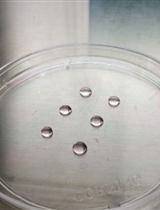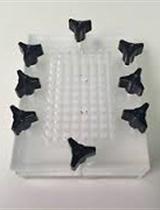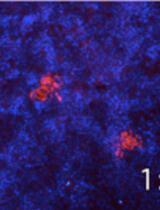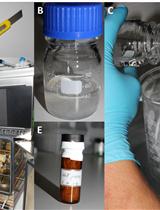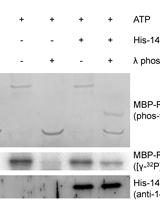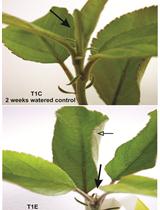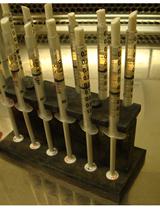往期刊物2015
卷册: 5, 期号: 3
癌症生物学
Hanging Drop Aggregation Assay of Breast Cancer Cells
乳腺癌细胞的悬滴聚集试验
微生物学
A Filter Binding Assay to Quantify the Association of Cyclic di-GMP to Proteins
膜过滤结合分析法量化环鸟苷二磷酸与蛋白质的关系
Infection Experiments (Hepatitis C Virus)
感染实验(丙型肝炎病毒)
神经科学
Measuring Anxiety-like Behavior in Crayfish by Using a Sub Aquatic Dark-light Plus Maze
使用水下暗光十字迷宫法测试小龙虾的焦虑样行为
植物科学
Application of Silicone Tubing for Robust, Simple, High-throughput, and Time-resolved Analysis of Plant Volatiles in Field Experiments
采用硅胶试管法稳固、简单、高效和快速的分析田间试验植物的挥发性物质
Detection and Quantification of Heme and Chlorophyll Precursors Using a High Performance Liquid Chromatography (HPLC) System Equipped with Two Fluorescence Detectors
利用双荧光探测器的高效液相色谱(HPLC)检测和定量血红素和叶绿素前体
Phosphatase Protection Assay: 14-3-3 Binding Protects the Phosphate group of RSG from λ Protein Phosphatase
磷酸酶保护试验:14-3-3结合保护λ蛋白磷酸酶中的RSG磷酸根
Water Deficit Treatment and Measurement in Apple Trees
苹果树的水分亏损处理和测量
干细胞
In vivo Heterotopic Bone Formation Assay Using Isolated Mouse and Human Mesenchymal Stem Cells
采用分离的小鼠和人间充质干细胞进行体内异位骨形成分析
系统生物学
A Conceptual Outline for Omics Experiments Using Bioinformatics Analogies
采用生物信息类推法进行组学实验概念概述


